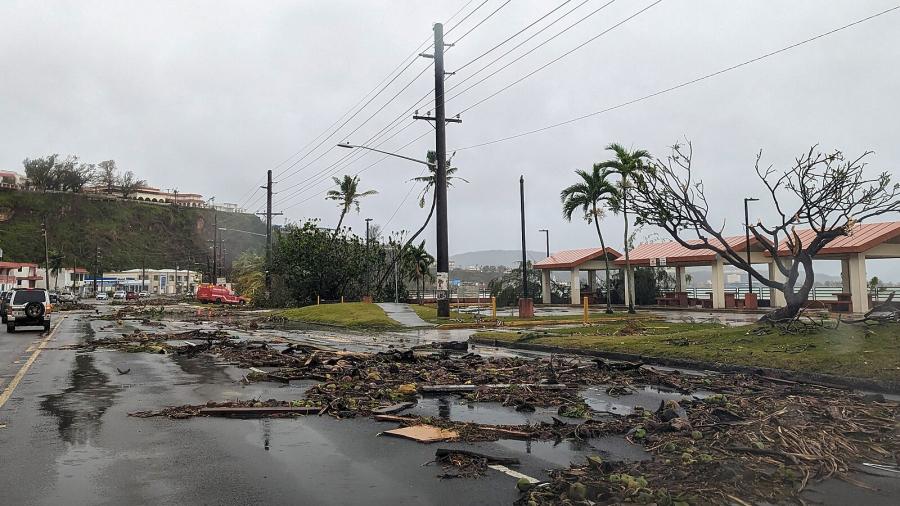Robert H. Keller and Michael F. Turek have written the first book documenting the history of the relationship among Indian tribes and branches of the federal government during the period of the development of national parks from 1864-1994. Their book is a complex and balanced account, filled with details of local and national events, and the "larger than life" personalities who played a role in this history. The voices of Native Americans and the injustices repeatedly done to them are clearly in evidence. The authors traveled to Indian villages and park headquarters all over the west, conducting more than 235 interviews and extensive archival research. The authors relate the complicated history of the relationships among Congress, conservationists, preservationists, environmentalists, and Native Americans involved in trying to preserve the great natural (and to Native Americans -- sacred) monuments in the United States -- Yellowstone, Yosemite, the Grand Canyon, Mesa Verde, Glacier, Olympic, the Everglades -- as well as less celebrated parks.
The Bureau of Indian Affairs (BIA), and the National Park Service (NPS), both sub-departments of the U.S. Department of Interior, often were rivals in attempting to obtain jurisdiction of a newly created park. Initially, all the park lands were inhabited, owned, occupied or claimed by different Indian tribes, but the federal government did not recognize group ownership claims. Sometimes the federal government took a paternalistic attitude toward a tribe, while at other times and in other situations they wanted the park land cleared of Indians and set up policies to achieve this aim. Many Anglo-American tourists thought "wilderness" should be only inhabited by wild animals, and wanted Indians secured on reservations. Keller and Turek demonstrate the interconnectedness of reservations and national parks, especially in relation to the Navajo.
Yet, during the 20th century federal ideas and policies toward land preservation changed, as have the views of environmentalists. The book documents the shifting polices of governmental administrators as situations of conflict and cooperation between Native Americans and federal agencies changed. Issues focused upon include: Indian claims to land; rights to hunting, water resources and fishing; marketing of crafts; cultural interpretation and the disposition of artifacts; sacred sites; the promotion of tourism; and support for tribal parks.
This is an engaging, readable book, filled with insight and knowledge. It is essential reading for environmentalists, preservationists, and those interested in the Indian nations of the United States. It masterfully chronicles the unfolding story of changing federal policy toward national parks and Native Americans, and the lands both claimed as their own.
Article copyright Cultural Survival, Inc.



